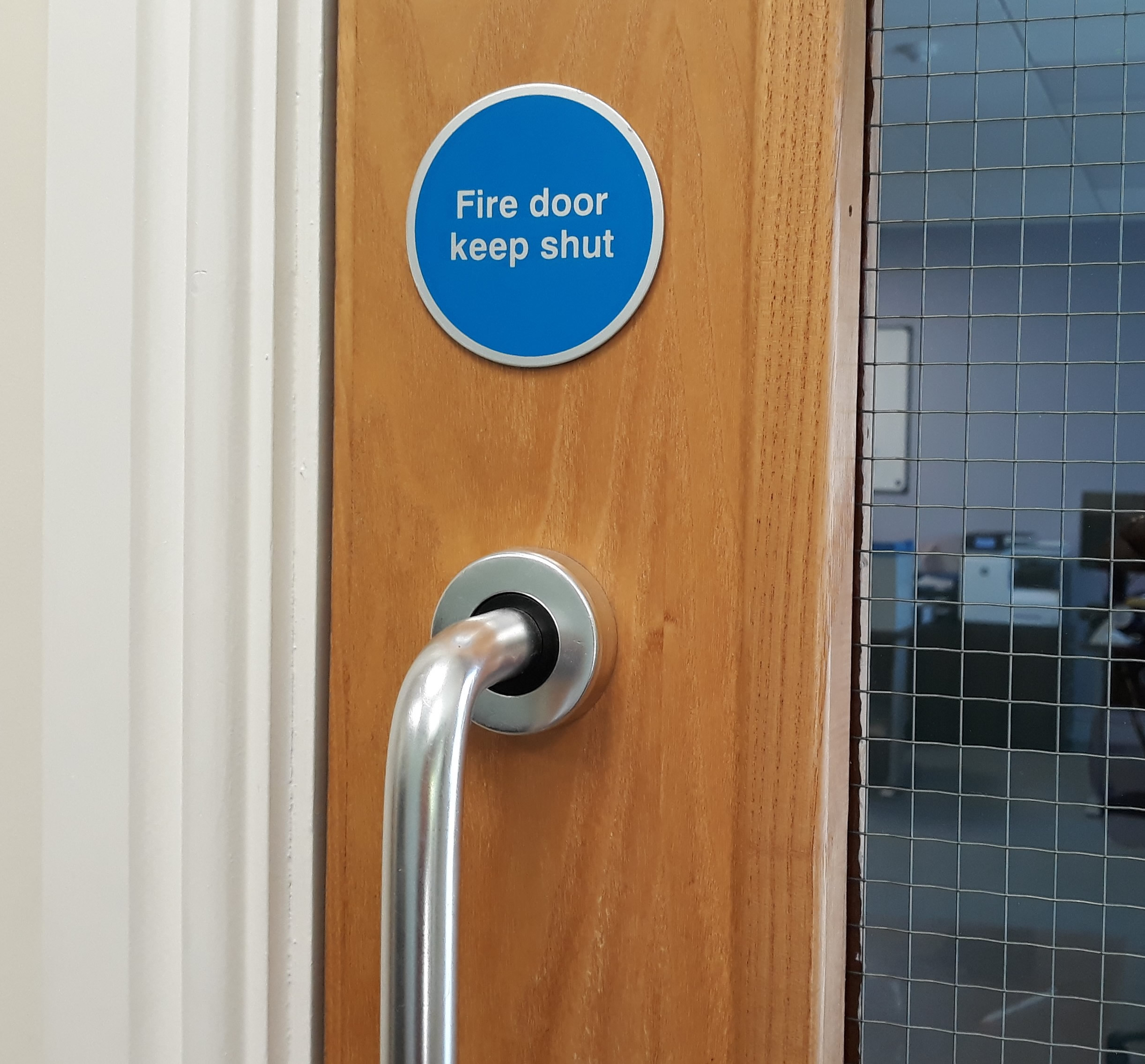To facilitate the checking of this gap on site the bwf certifire fire door and doorset scheme has produced a gap tester which can be used for this purpose.
Permissible gap under fire door.
Intumescent fire seals and glazing systems.
This makes the gap between the carpet and doors around 10 15mm.
Contains information on maximum gap allowances for different types of fire doors.
Edge gaps to the jambs and head of the door should be a maximum 4mm.
The gap at the bottom of the door should be restricted to maximum of 22mm from an unfinished floor and a maximum of 10mm from a finished floor.
However the gap at the bottom of the fire doors is large enough to get my fingers underneath even though the flooring carpet has already been fitted.
A fire door having suffix s should either have a leakage rate not exceeding 3 m3 h per metre when tested in accordance with bs 476 31 1 with the threshold taped and subjected to a pressure of 25 pa.
Nothing must be cut at the top at all and the certification label must remain intact.
Nfpa 80 fire doors and other opening protectives.
1 8 meeting edges for a pair of doors.
3 4 between door and frame.
The gap at the bottom of the door is usually around 10mm for non smoke conditions but 3mm when smoke seals are required.
1 8 for more detailed gap information refer to nfpa 80 section 6 3 1 7 and section.
Underneath the fire door a gap of 8mm is traditionally acceptable although for fire doors that are required to limit spread of cold smoke only 3 mm is permissible with a threshold seal to be fitted if the gap is bigger.
Bs 8214 2008 code of practice for fire door assemblies states that 9 5 3 under door threshold gaps.
When speaking with manufacturers however a common statement is that a fire doors gap of up to 8 mm underneath the door is permissible.
However for test purposes the threshold gap is taped and some form of effective threshold seal should be used if complete smoke control is to be achieved unless the threshold gap does not exceed 3 mm at any point.
This is probably just referring to normal fd30 applications as the fire door manufacturer is not involved in upgrading fire doors to cold seal protected standard fd30 s.
In general the gap should not exceed 3 mm.
Under the bottom of a door.
In general clearance for those allowed gaps are as follows.







